What is ENOB?
ENOB is one of the most commonly misunderstood specifications around; contrary to popular belief, it has nothing to do with the number of bits you can "trust" it's only a measure of the noise of an ADC.
How is ENOB Calculated?
Every ADC has quantization noise; this is the noise generated by the fact that the ADC turns a continuous voltage into discrete steps.

(Image source: Wikipedia - Quantization (signal processing))
The quantization noise of an ideal ADC is (approximately) \$\frac{1}{\sqrt{12}} \text{ LSBs RMS}\$. The effective number of bits is the bit-depth of an ideal ADC with the same quantization noise as your ADC.
As an example, if your ADC measures from 0 to 5V and has an RMS noise of 1mV, we can calculate the ENOB as:
$$
\text{ENOB} = \log_2 \left( \frac{1/ \sqrt{12}} {\text{Noise}_\text{RMS} } \right)
$$
$$
\text{ENOB} = \log_2 \left( \frac{1/ \sqrt{12}} {\frac{1\text{mV}_\text{RMS}}{5\text{V}} } \right) = 10.5\text{ Bits}
$$
ENOB is typically measured with a full-scale sine wave with a defined frequency; it's frequency-dependent. (1kHz is most common, followed by 500Hz. Some manufacturers will publish ENOB vs. frequency plots)
Note: If it's measured with a full-scale sine wave (as it almost always is), then it's also a measure of Signal to Noise and Distortion (SINAD) can be calculated as:
$$
\text{SINAD} = \text{ENOB}\cdot 6.02 \text{dB} + 1.76 \text{dB}
$$
What Does ENOB Measure?
ENOB calculations include effects from INL/DNL, distortion, jitter, etc.; these all contribute to the noise of the ADC.
ENOB does not include the effects of gain or offset error, clock error, intermodulation distortion, etc.
References and further reading:

